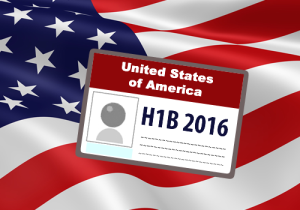National Day of Action: Immigration Advocates Head to DC
Friday April 7 is the National Day of Action for immigration. Immigration lawyers, activists, advocates, and immigrants descend upon Washington DC and Capitol Hill to vocalize their concerns with the immigration system. Last year’s Day of Action occurred on May 19, which was the day that President Obama’s Executive Actions – DAPA and new DACA – were supposed to begin. They have not yet taken effect. A federal judge in Texas struck them down for abrogating the Administrative Procedures Act and the Court of Appeals for the Fifth Circuit upheld that decision. The Supreme Court is expected to make its decision in June of this year.
The National Day of Action is not limited to one piece of the immigration system. Advocates will be championing other aspects of immigration reform, such as changing the H-1B cap, increasing entrepreneurial opportunities, and giving migrants fleeing persecution access to counsel and a chance to have their cases heard.
The main motivation of the National Day of Action is to exhort members of Congress to understand facts about immigration, how it benefits the United States, and demonstrate that immigration reform is desired by the country at large. A booklet distributed by the American Immigration Lawyers Association highlights important facts about immigration in the United States.
Immigrants have created businesses and generated business income in their states. California, Texas, Florida, and Ohio are four states in which a combined 1.3 million immigrants started businesses and generated over 58 million dollars in business income. Immigrant-owned small businesses employ 4.7 million people. Legalization of undocumented immigrants would have a significant impact on the tax revenue, to which undocumented migrants contribute to (state and local taxes) already.
The National Day of Action urges reform in all aspects of immigration: humanitarian, family, and business. Immigration reform has been oft-discussed but not enacted. AILA is touting the election year as an impetus to change.

